While America had itself engaged morning, noon and
night, on one talk-show after another, debating the scandal of the
Trump-Russia connection, China was quietly advancing its political,
economic and diplomatic position around the globe. China, under its
potential President-for-Life, Xi Jinping,1
was moving ever forward in a grand effort to replace America as the
world's leading superpower – even the only superpower still standing
after America would take its inevitable fall, as had every other
Western superpower since the decline of Spain in the 1600s and 1700s
(even just in the 20th century alone: France, England, the Netherlands,
Russia, etc.)
This goal became quite clear back in 2015
when Xi announced a new Chinese 10-Year Plan, "Made in China 2025." The
heart of the Plan involved the development of a number of areas in the
realm of high-technology, economic realms which would receive a large
amount of government protection and support, designed to give China a
commanding position in the international technology market (robotics,
telecommunications, artificial intelligence or AI in a wide range of
fields, etc.), in the biomedical market, in industrial materials
development, and in the establishment of global purchasing and sales
networks.
The international strategy or game that
China played was a subtle one: avoid direct confrontation where
possible, but gradually (and quietly) take a vital position of control
here and there, in small bites, of course, so as not to spark a
reaction from America and the West at any particular point.2
Anyway, America had been so distracted
with events in the Middle East since the beginning of the 21st century
that it was not really paying attention to what was coming out of East
Asia. Bush, Jr. was so wrapped up in Afghanistan and Iraq that he had
no time to focus on developments in East Asia. And Obama thought he
could charm the world into niceness, failing to respond strongly to
challenges to America's vital points of placement on the global playing
field.
Also, it is important to note that China
alone mines most of the world market's "rare metals" vitally needed by
today's technology (such as cobalt), and a shutdown, or even slowdown,
would cripple the ability of the world beyond China to continue to
develop that technology. These metals are also found elsewhere outside
of China, though very expensive to process. It is a lot easier to
depend on the Chinese supply. And China, and the world, both know this.
Furthermore, the number of American (and
other Western) companies that depend on cheap Chinese labor to assemble
parts or even the whole of their products prior to market is incredibly
large. Thus now to find their products even marketable, they depend
entirely on their "China connection." Again, China – and the world –
are well aware of this growing dependency.
Also, in China companies such as Alibaba
and Tencent have moved to near monopolistic positions in a wide range
of areas (somewhat similar to Amazon in the way such companies control
financial transactions in a wide range of industries), including
purchases of companies abroad. This includes even American companies,
such as Alibaba's proposal to purchase the American company MoneyGram –
until the U.S. government's Committee on Foreign Investment in the U.S.
(CFIUS) stepped in to block the sale.
At the same time, China has long been
offering a lot of foreign aid to smaller countries. Multitudes of
Chinese technologists can be found all around the world, helping
smaller countries develop – using Chinese equipment and technology that
in the long run would make them China-dependent.
Also very importantly, China by 2019 was
offering the world the new 5G internet technology, the highly advanced
technology following up Huawei Technology's 4G telecommunications
network and consumer products sales, also strategically located
globally. Huawei offered top-level communications technology and
products at rock-bottom prices through Chinese government price support
(and research services support), putting this Chinese company at the
head and heart of the world telecommunications industry, by which the
world's commerce was managed. Just like the South China Sea naval-air
station, and the global rare-metals siting, this put China in the
position on its diplomatic game-board of full dominance.
To put this plan on a solid basis, in
April of 2019, Xi hosted an international gathering to discuss his
"Belt and Road" program, linking the Chinese economy with the economies
of other countries, even in Europe. Some 40 countries attended (America
did not attend, nor did China's chief rival in Asia, India).
Meanwhile, Trump had long been
complaining about the Chinese theft of American intellectual property
(critically important in the technology field), and the subsidizing of
their own Chinese companies in order to give them a competitive edge on
the world market, even in America (this certainly was the case with
Huawei products). Trump was also very upset at the way Chinese
companies had bought up American companies, quite notably in the
high-tech field (estimates ran to as much as $46 billion worth of
Chinese investment as of 2016), whereas the Chinese made foreign
investment in their country prohibitively difficult.
Thus Trump in March of 2018 invoked the 1974 Trade Act to block further
Chinese acquisition of American high-tech companies, also announcing
the imposing of new tariffs as of the beginning of 2019 on $250 billion
worth of Chinese goods seeking entry into the U.S. – tariffs doubling
from 10 percent to 25 percent of the value of these Chinese goods. Not
surprisingly, China retaliated with its announcement that it would be
imposing duties on $110 billion worth of American goods coming into
China. However, other countries joined America in also putting new
tariffs on Chinese goods. Finally, in December of 2018, just as the
tariffs were due to go into effect, the two sides decided to try to
negotiate some kind of compromise, especially as these tariffs hurt
both economies. They were proposing to arrive at an agreement by
mid-May of 2019. But ultimately even these efforts at a compromise
found the going so rough that nothing came of the negotiations. The
trade war thus merely deepened.
Anyway, trust in the actual enforcement
of any agreed-on terms by China remains a huge American concern, as the
Chinese have long been known to find clever ways of getting around the
rules of trade as set out by the World Trade Organization (WTO).
But America is not the only country
becoming very suspicious of Chinese economic programming. Australia
also has been the recipient of massive Chinese investment by way of the
purchasing of Australian companies in key fields. Finally in 2016, the
Australian government put up roadblocks preventing China from buying
up Australian companies in the key fields of agriculture and electric
power generation and supply. Germany and France have also become wary
about Chinese strategic investment, and the dumping of subsidized (and
thus cheaper) Chinese products on the European market, and have begun
to press the European Union to tighten up on Chinese economic activity
in Europe.

 Renegotiating NAFTA
Renegotiating NAFTA
 Crisis in Central America
Crisis in Central America Venezuela
Venezuela Xi Jinping's China
Xi Jinping's China Putin's Russia
Putin's Russia The world of Islam
The world of Islam The bizarre world of Kim Jung Un's Korea
The bizarre world of Kim Jung Un's Korea Trump's relations with Europe
Trump's relations with Europe






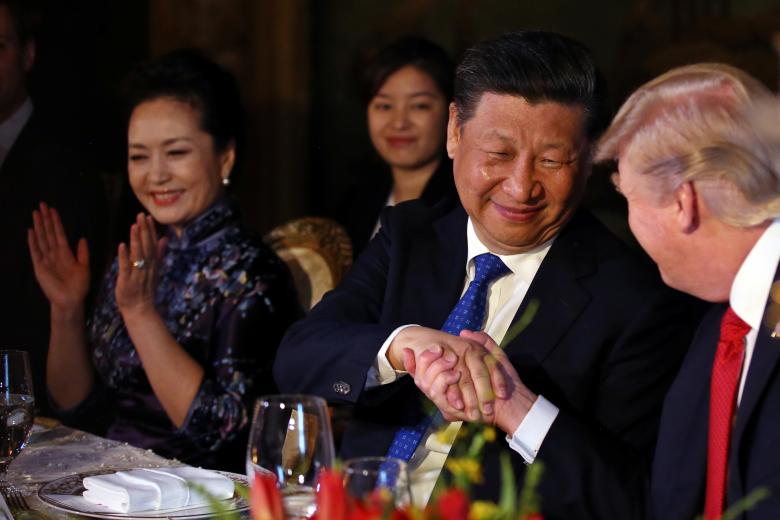
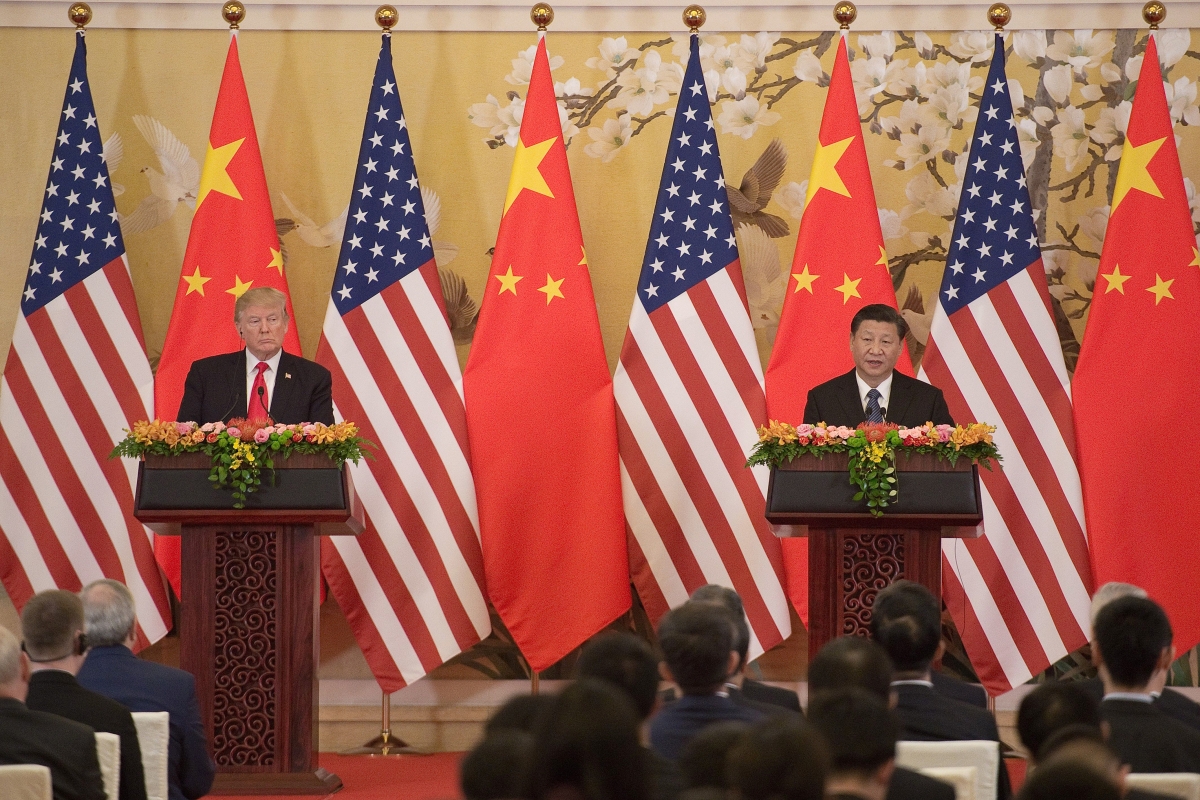
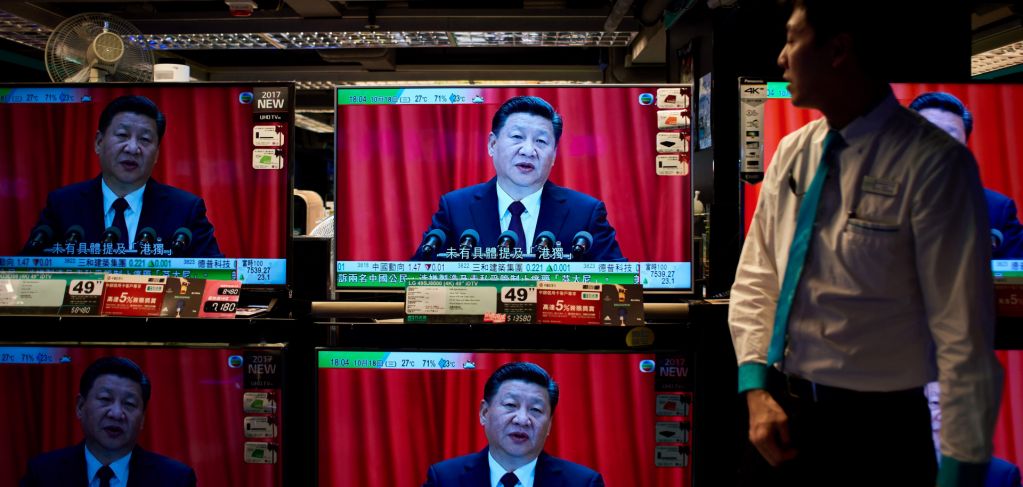
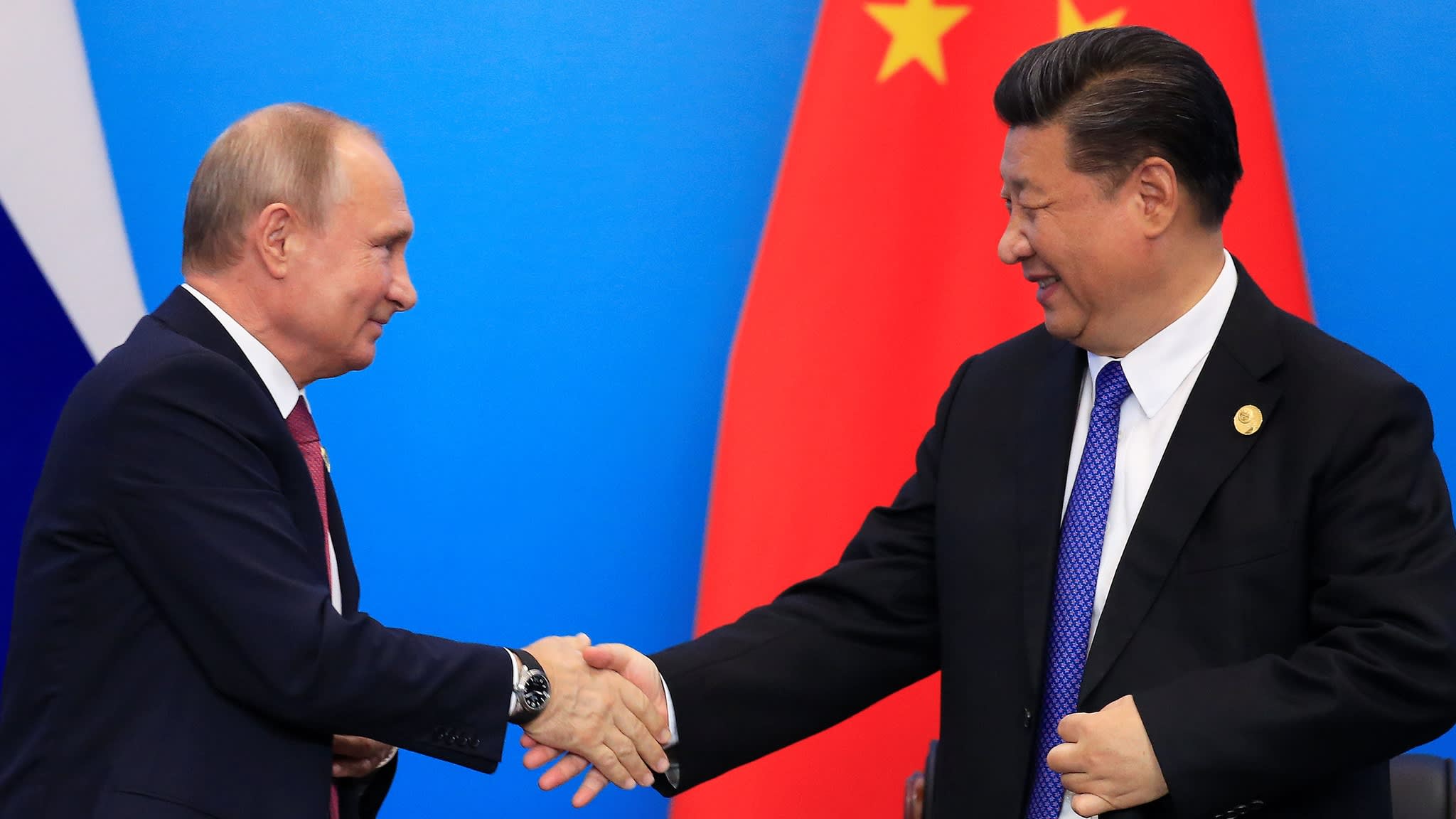
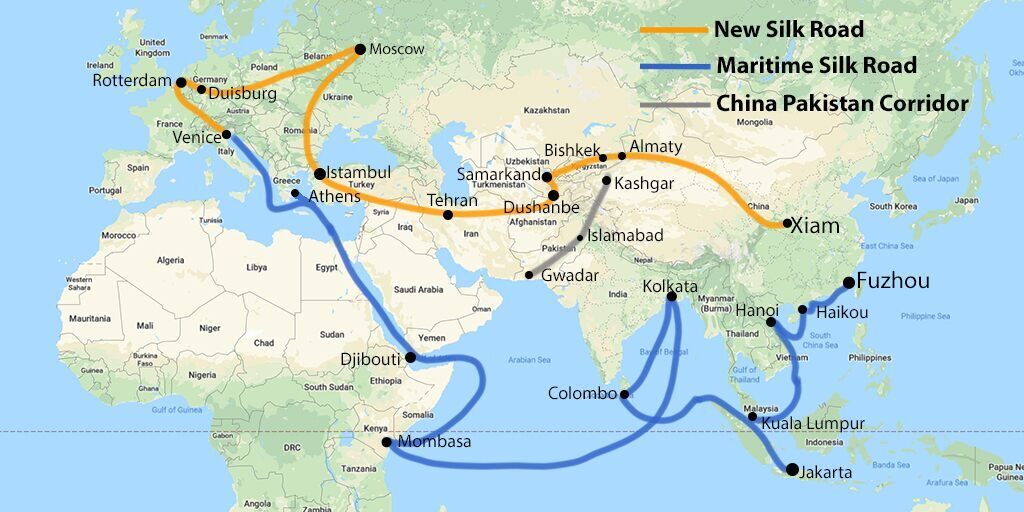
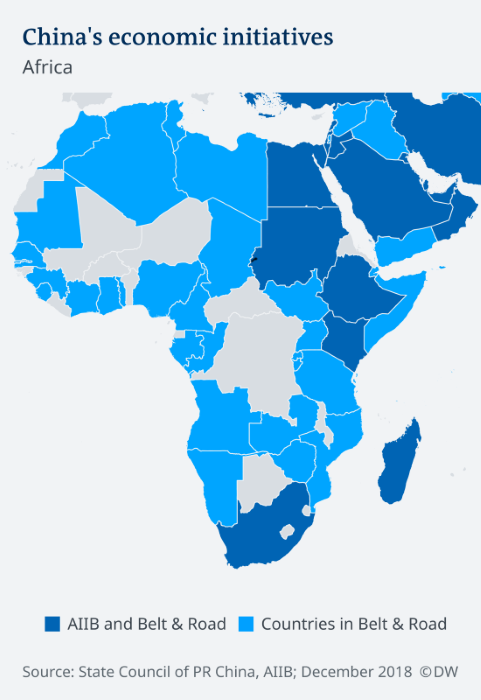
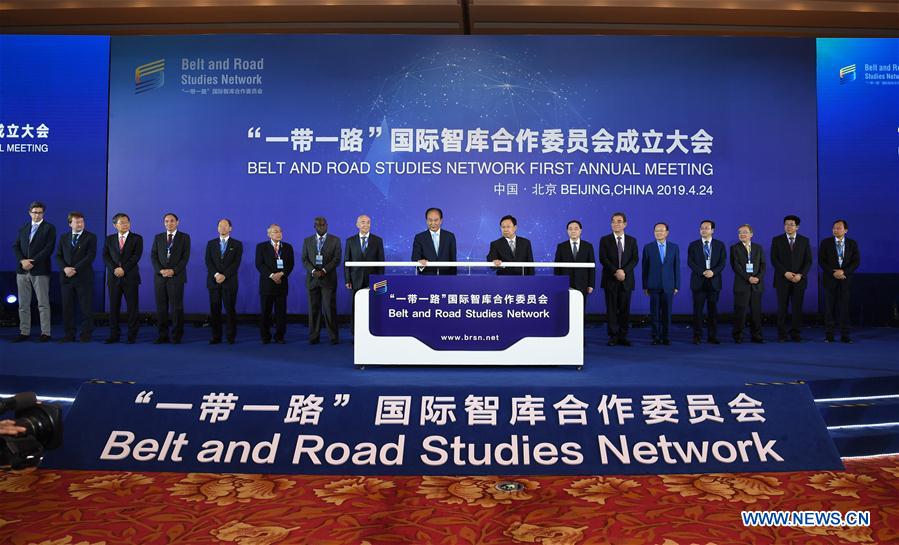
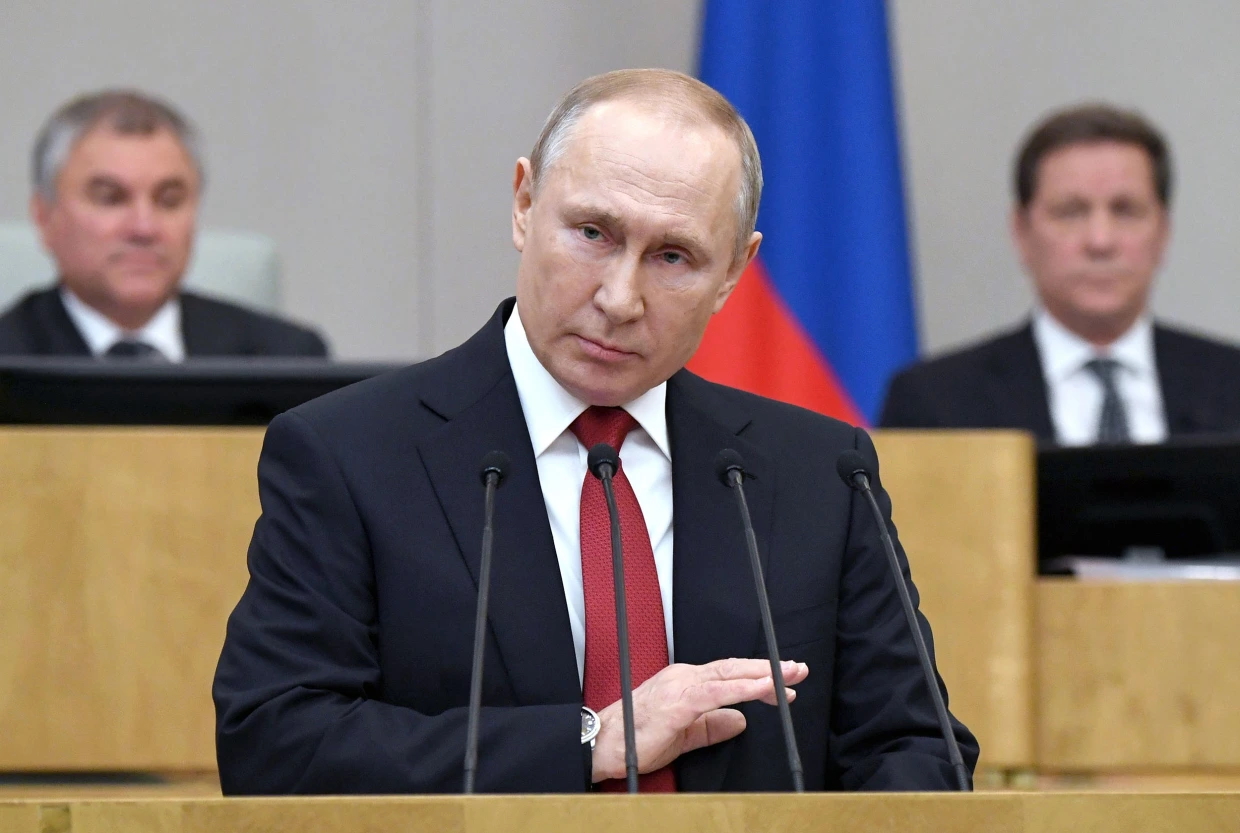

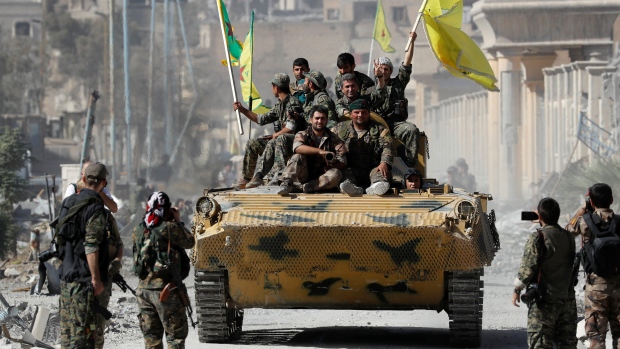
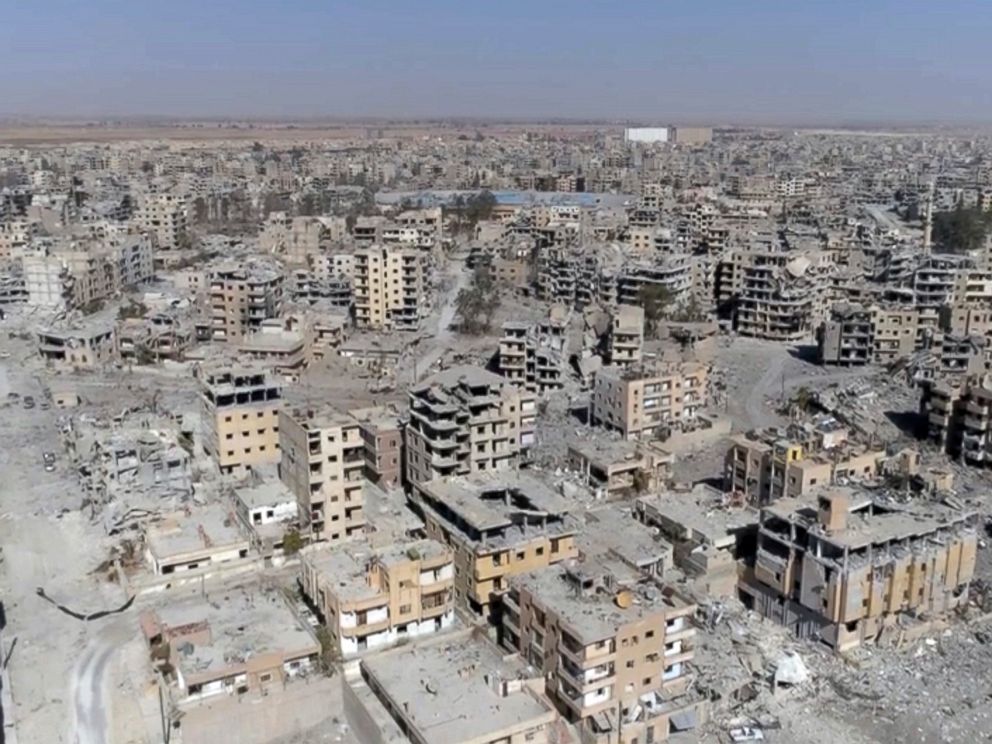
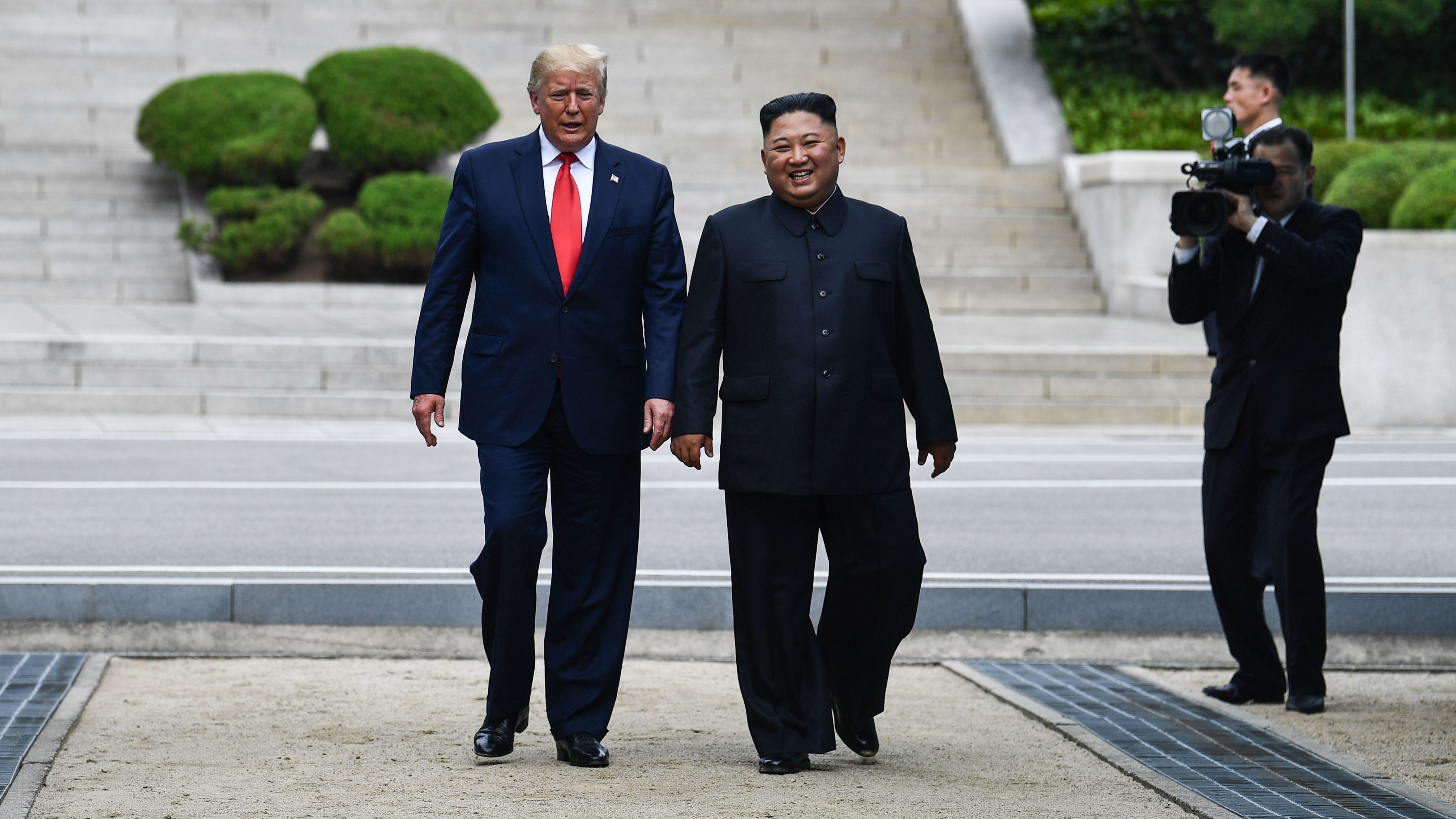
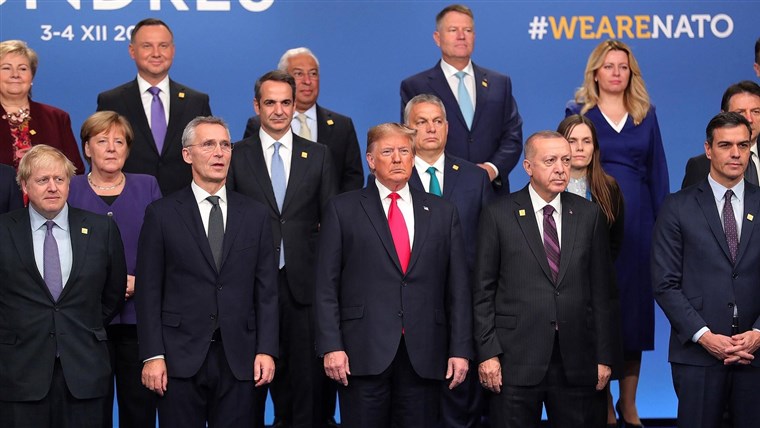

 Miles
H. Hodges
Miles
H. Hodges